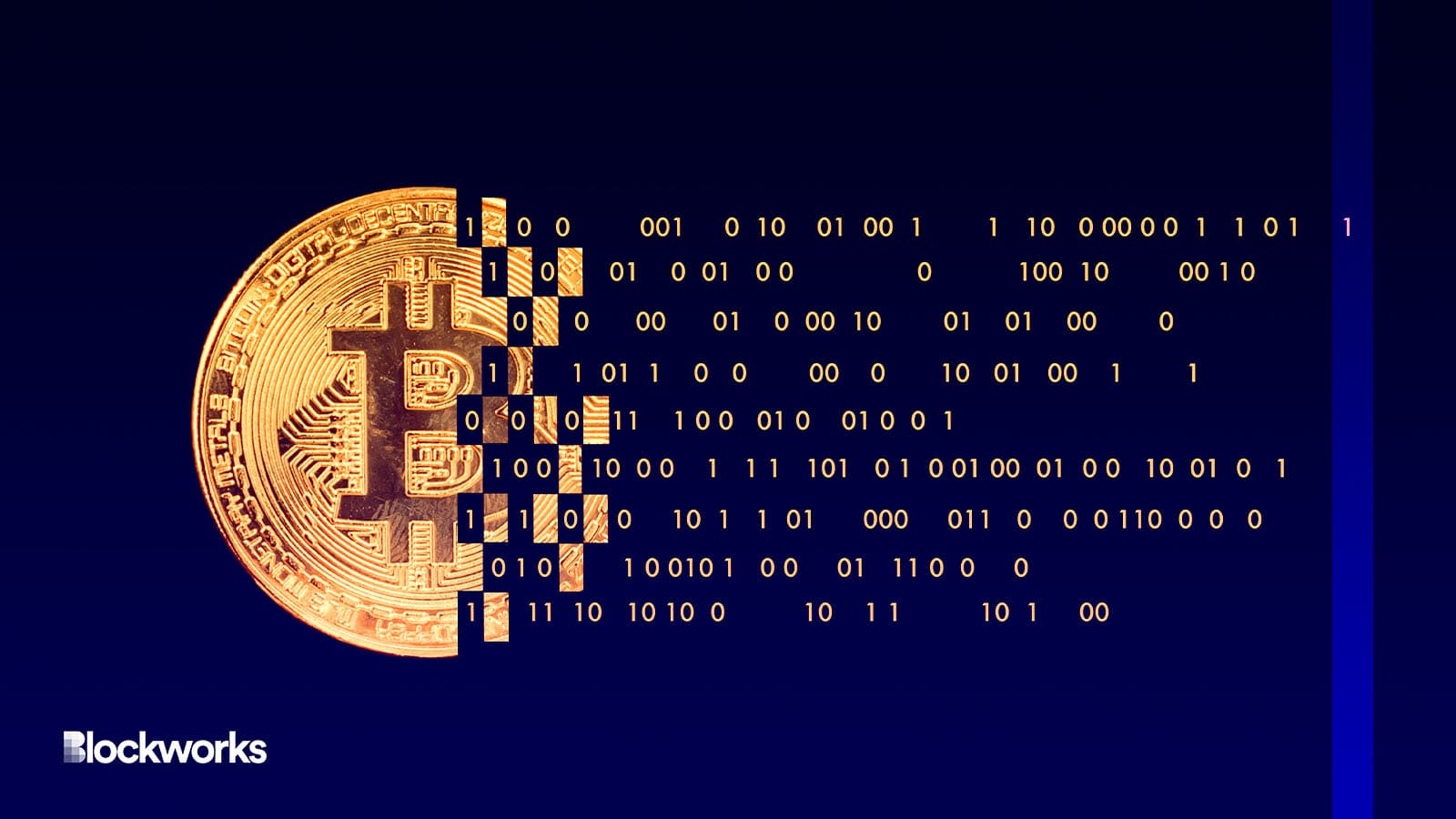Bitcoin Core developer reignites sidechain debate in latest proposal
Drivechains focus on employing sidechain technology to augment Bitcoin by adding new features and functionalities

Mabeline72/Shutterstock, modified by Blockworks
After a long hiatus, Bitcoin Core developer Luke Dashjr has submitted a rough draft for implementing drivechains, a complex but promising addition to the Bitcoin ecosystem.
Drivechains allow the creation of sidechains, which are linked to the main Bitcoin network but remain separate and can operate independently, with different rules and functionalities.
 Source: LinkedIn
Source: LinkedInThe innovation could boost the adaptability of Bitcoin by providing room for experimentation without compromising the security and stability of the primary network, or so the thinking goes.
The draft proposal, consisting of 17 commits, focuses on reimplementing drivechains using a UTXO-like model, according to a post in the Bitcoin Core repository on GitHub on Tuesday.
Essentially, the main goal of the change is to create a new version of drivechains, with a design that’s modeled after the way Bitcoin tracks transactions and ownership.
The concept was first publicly introduced in 2014 in a paper titled “Enabling Blockchain Innovations with Pegged Sidechains,” published by Adam Back, Matt Corallo, Dashjr and others.
The method would utilize existing database structures rather than creating a separate database for sidechains, aiming for a cleaner and more reviewable approach, Dashjr said.
However, the proposal has not been without criticism. Other contributors have already raised concerns, with one reviewer — “Russeree” — expressing doubts about the proposed consensus method, fearing potential errors or manipulation by miners.
The pull request also indicates some incomplete areas, and Dashjr acknowledges the proposal cannot be deployed in its current form. This leaves room for further development, refinement, and possibly a shift in approach based on community feedback, he said.
“Despite providing and continuing this implementation, I myself do not thereby endorse or otherwise comment on the proposal itself,” Dashjr said.
Eric Wall, a prominent venture capitalist, focusing on investments in crypto and blockchain-related projects, called it the “most interesting development in Bitcoin,” this year.
Dashjr’s draft is still in the early stages, with the developer inviting feedback from the community.
Dashjr does not possess commit access to the Bitcoin repository, meaning others who do will have to sign off on the changes, following Bitcoin Core’s development consensus process. But he stands as the contributor with the longest tenure, having more than 500 of his commits merged, Wall added.
Get the news in your inbox. Explore Blockworks newsletters:
- The Breakdown: Decoding crypto and the markets. Daily.
- 0xResearch: Alpha in your inbox. Think like an analyst.






